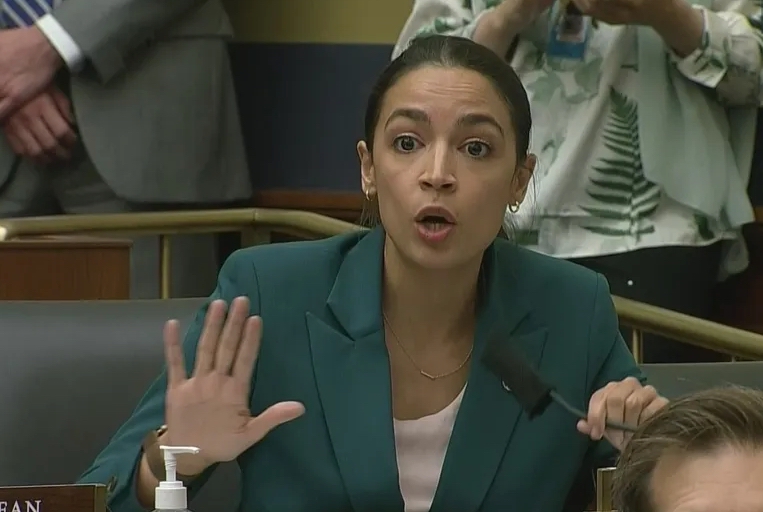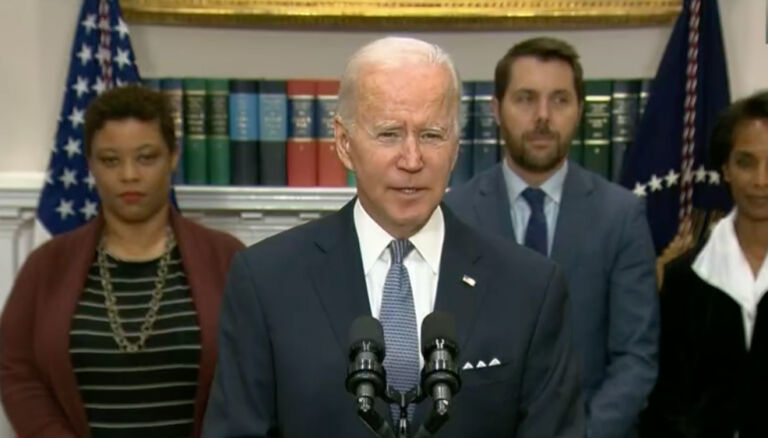Daniel Buck shares with National Review Online readers an excerpt from his new book discussing problems in American schools.
Early in my career, I did everything my university teacher-prep had told me to do. I let students pick their books and design their own class rules. I provided alternative seating, and student interest guided my instruction. But my room was always chaotic, except for the few minutes out of every day when I chose a book, cracked a page, and read out loud. I didn’t have to remind anyone to quiet down or find a seat. This moment of calm during a teacher-led portion of class began my journey away from progressive and toward classical, traditional theories of education.
A few years later, I gave students a survey — a chance to provide feedback to their teacher. One student wrote that she enjoyed my “new way of teaching.” My now-traditional instruction involved classic literature, whole-class discussions, memorization of poetry, seats in rows, and formal essays. My “new way of teaching” — new to both me and my students — was only a rediscovery of tradition.
While the media decry class size or school funding as the sources of American educational woes, these opening anecdotes expose another, ideological rot in our schools: the prevalence of both progressive and critical theories of education. In the same way that a bag of chips provides no more nutrition however large or small it is, we could halve class sizes or double funding to little effect so long as the actual instruction inside classrooms is based on faulty educational philosophies.
The predominance of progressive education wasn’t always so. From Aristotle’s writings to the Jesuits’ first attempts to systematize curriculum and instruction, and on to the education of America’s Founders, schooling in the West has historically been classical in nature. With a commitment to objectivity, teachers and schools helped students discover the truths of the world and mold their characters to an objective, moral law. In other words, education sought to align both actions and beliefs to an external reality.

